The Ultimate Tooth Brushing Guide: Techniques, Tools, and Tips for a Perfect Clean
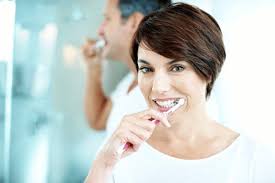
Introduction: Mastering the Art of Tooth Brushing
Tooth brushing is the foundation of good oral hygiene, but doing it correctly makes all the difference. A poor brushing technique or using the wrong tools can leave plaque behind, contributing to cavities, gum disease, and bad breath. In this comprehensive guide, we’ll cover the best practices, common mistakes, and tips to ensure you’re brushing your teeth effectively every time.
Why Proper Tooth Brushing is Essential
Tooth brushing is crucial for removing plaque—a sticky film of bacteria that forms on teeth and gums. If left unchecked, plaque hardens into tartar, which leads to:
- Cavities: The acids produced by plaque erode tooth enamel, creating cavities.
- Gum Disease (Gingivitis and Periodontitis): Plaque buildup can irritate and inflame your gums, potentially leading to more severe infections.
- Bad Breath (Halitosis): Bacteria trapped in plaque produce unpleasant odors.
- Tooth Loss: Untreated gum disease can lead to tooth and bone loss over time.
Mastering your brushing technique and frequency can help prevent these issues and maintain a healthy, bright smile.
Tooth Brushing Basics: How to Brush Like a Pro
1. Use the Right Toothbrush
Choosing the right toothbrush is the first step to effective brushing. Here’s what to look for:
- Soft-Bristled Brush: Soft bristles are gentle on enamel and gums but still effective at removing plaque.
- Size Matters: A toothbrush head that fits comfortably in your mouth and can reach all areas is essential for a thorough clean.
- Manual vs. Electric: While manual toothbrushes work well, electric toothbrushes have been shown to be more effective at removing plaque due to their oscillating and rotating movements.
2. Use Fluoride Toothpaste
Fluoride helps strengthen enamel and prevent cavities. Always choose a toothpaste containing fluoride for the best protection, and ensure it’s ADA-approved or endorsed by a trusted dental authority.
3. The Proper Brushing Technique
Brushing your teeth correctly is more than just scrubbing. Follow these steps for optimal results:
- Hold Your Brush at a 45-Degree Angle: Position your toothbrush at a slight angle to your gums to allow the bristles to clean both the teeth and gumline.
- Use Gentle, Circular Motions: Don’t scrub back and forth. Instead, use small circular motions to gently clean the teeth without damaging your enamel.
- Brush All Surfaces: Be sure to brush all surfaces—front, back, and chewing surfaces. Spend equal time on all quadrants of your mouth.
- Focus on the Gumline: Plaque tends to accumulate near the gums, so make sure you’re brushing gently along the gumline.
- Don’t Forget Your Tongue: Bacteria can accumulate on your tongue, causing bad breath. Gently brush your tongue or use a tongue scraper to clean it.
4. How Long Should You Brush?
The ADA recommends brushing for two full minutes, twice a day. Most people don’t brush for nearly that long, so consider using a timer or an electric toothbrush with a built-in timer to ensure you’re meeting the minimum brushing time.
Pro Tip: Divide your mouth into four sections and spend 30 seconds brushing each quadrant to ensure thorough cleaning.
Common Tooth Brushing Mistakes to Avoid
Even with the best intentions, many people make mistakes when brushing their teeth. Here are some common errors to watch out for:
- Brushing Too Hard: Many people think scrubbing harder means cleaner teeth, but excessive force can wear down enamel and irritate gums. Use gentle pressure.
- Skipping Your Gums: Focusing solely on your teeth and ignoring the gumline can lead to gum disease. Ensure you gently brush where your teeth meet your gums.
- Not Replacing Your Toothbrush: Toothbrushes wear out over time. Replace yours every three to four months, or sooner if the bristles are frayed.
- Brushing Right After Eating: Brushing immediately after consuming acidic foods or drinks can wear down enamel. Wait at least 30 minutes to allow your enamel to harden again.
For more detailed advice on how to brush properly, check out our guide to gum health.
Electric vs. Manual Toothbrush: Which is Better?
There’s a lot of debate about whether manual or electric toothbrushes are more effective. Here’s a comparison to help you decide:
Manual Toothbrush
- Affordable and Accessible: Manual toothbrushes are inexpensive and widely available.
- Easy to Control: Some people prefer the control of a manual toothbrush for brushing at their own pace.
- Effective When Used Correctly: If you follow proper brushing techniques, a manual toothbrush can still provide a thorough clean.
Electric Toothbrush
- More Effective for Plaque Removal: Studies have shown that electric toothbrushes, particularly those with rotating-oscillating heads, remove more plaque than manual brushes.
- Built-In Timers: Many electric toothbrushes come with timers, ensuring you brush for the recommended two minutes.
- Easier for Certain Populations: Electric brushes can be especially helpful for people with limited dexterity (e.g., children, seniors, or individuals with disabilities).
Both options can be effective, so choose the one that fits your needs and encourages you to brush correctly.
How Often Should You Brush Your Teeth?
The general rule is to brush twice a day—once in the morning and once before bed. Brushing after breakfast removes any lingering bacteria from the night, while brushing before bed ensures that plaque and food particles don’t sit on your teeth overnight, leading to decay.
The Importance of Flossing and Mouthwash in Your Routine
While brushing is essential, it doesn’t clean between teeth or below the gumline, which is why flossing and using mouthwash are vital. For a complete clean:
- Floss Once a Day: Flossing removes debris and plaque between teeth, areas where your toothbrush can’t reach.
- Mouthwash: An antibacterial mouthwash helps kill bacteria that brushing and flossing might miss, freshening your breath and further reducing plaque.
Check out our comprehensive flossing guide for more details on the best flossing techniques and tools.
When to Change Your Toothbrush
Your toothbrush is only effective if the bristles are in good condition. Replace your toothbrush every three to four months or when the bristles start to fray. A worn-out toothbrush won’t clean your teeth properly and could even harm your gums.
Additionally, if you’ve been sick, it’s a good idea to replace your toothbrush to prevent reinfection.
Special Considerations for Kids and Seniors
Children and seniors often have different needs when it comes to brushing. Here’s what to keep in mind:
Kids
- Supervise Brushing: Children should be supervised while brushing until they can do so effectively on their own, usually around age 6 or 7.
- Use a Pea-Sized Amount of Fluoride Toothpaste: For young children, too much fluoride can be harmful if swallowed. Ensure they use only a small amount.
Seniors
- Gentle Brushing for Sensitive Gums: As we age, gums may recede and become more sensitive. Seniors should use a soft-bristled toothbrush and brush gently.
- Extra Care for Dry Mouth: Many older adults experience dry mouth due to medications, which increases the risk of cavities. Drinking water and using special toothpaste for dry mouth can help.
Conclusion: Build Better Brushing Habits for a Healthier Smile
Tooth brushing is simple but essential to your oral health. By using the right techniques, tools, and routines, you can protect your teeth and gums from decay and disease, ensuring a healthy smile for life.
To complement your brushing routine, explore our detailed oral hygiene guide and learn more about how you can maintain strong, healthy teeth every day.
FAQs
1. How long should I brush my teeth for?
You should brush for at least two minutes, twice a day.
2. Can brushing too hard damage my teeth?
Yes, brushing too hard can wear down enamel and irritate your gums. Use gentle pressure and a soft-bristled toothbrush.
3. Is an electric toothbrush better than a manual toothbrush?
Electric toothbrushes tend to be more effective at removing plaque, especially for those who struggle with proper manual brushing technique.
References
- American Dental Association. “Tooth Brushing Guidelines.” Retrieved from www.ada.org.
- Mayo Clinic. “Brushing Your Teeth: Tips for Keeping Your Mouth Healthy.” Retrieved from www.mayoclinic.org.
- National Institute of Dental and Craniofacial Research. “Oral Health: Basics.” Retrieved from www.nidcr.nih.gov.




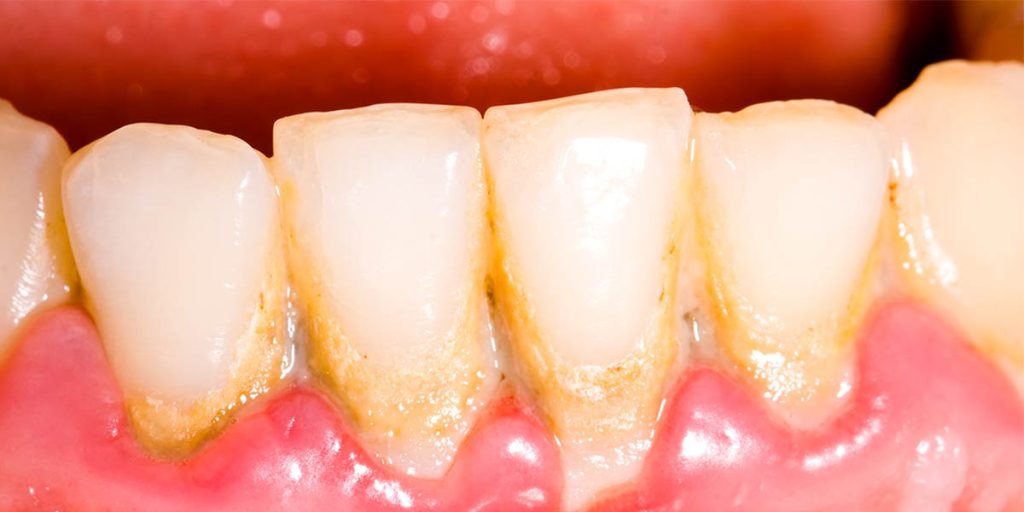
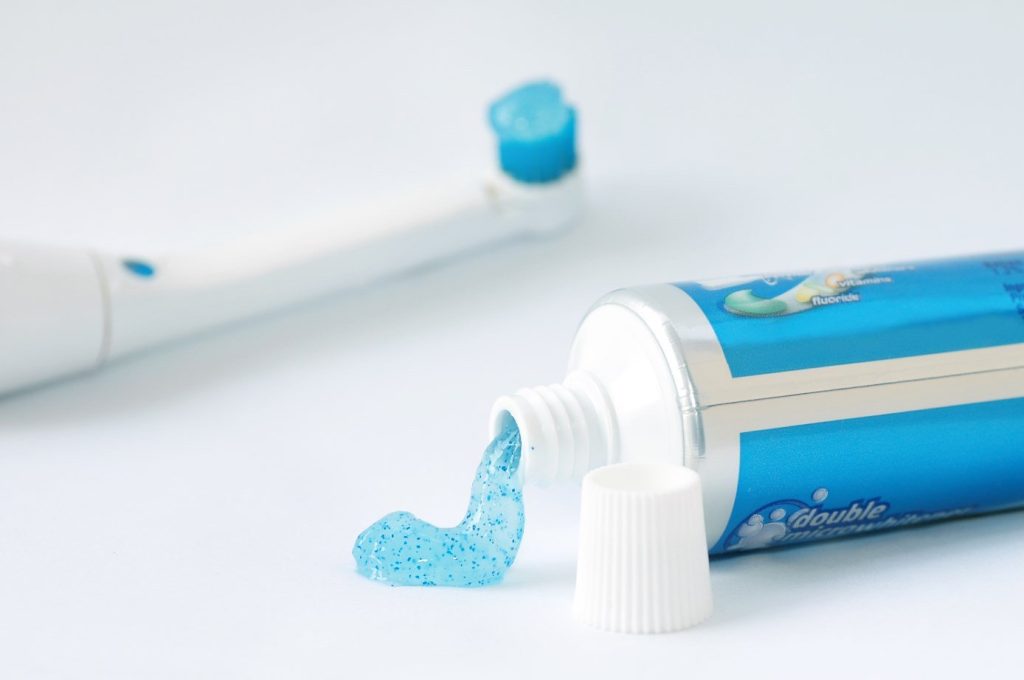
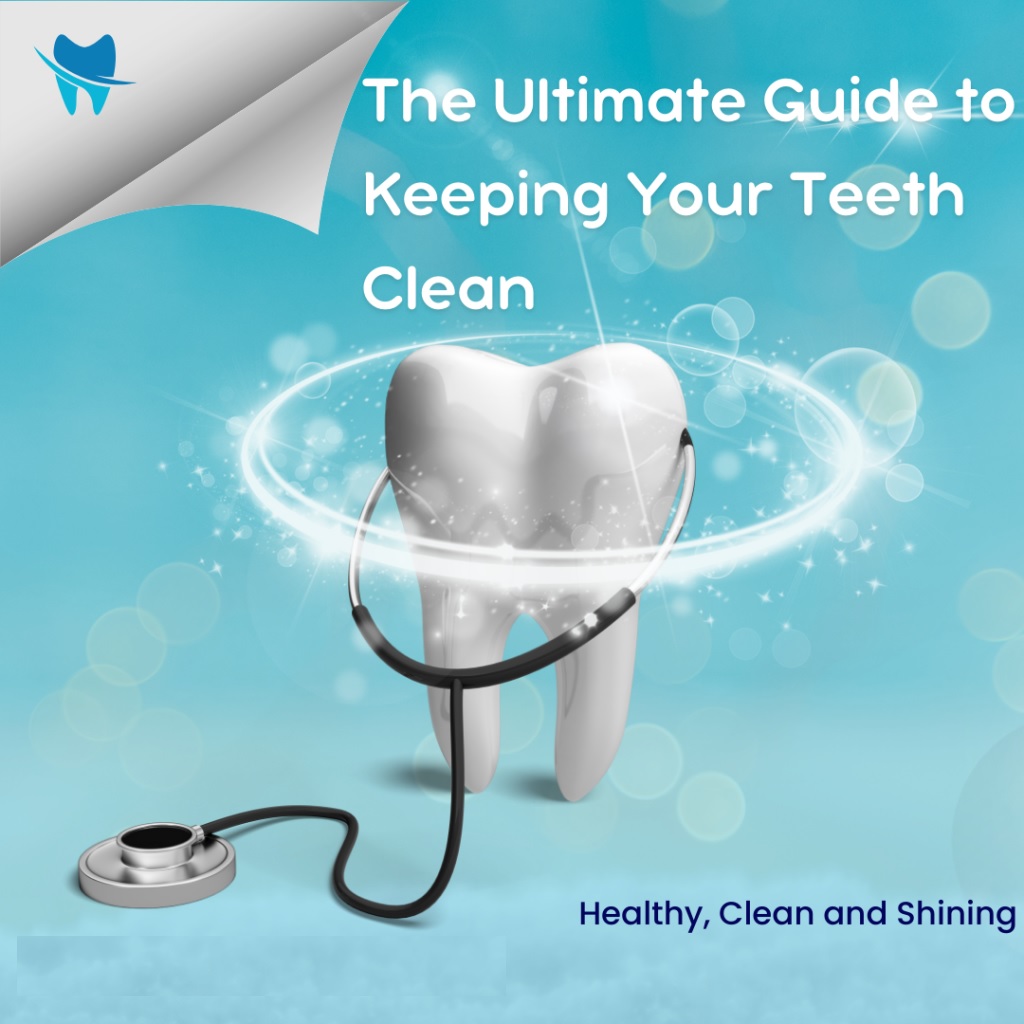
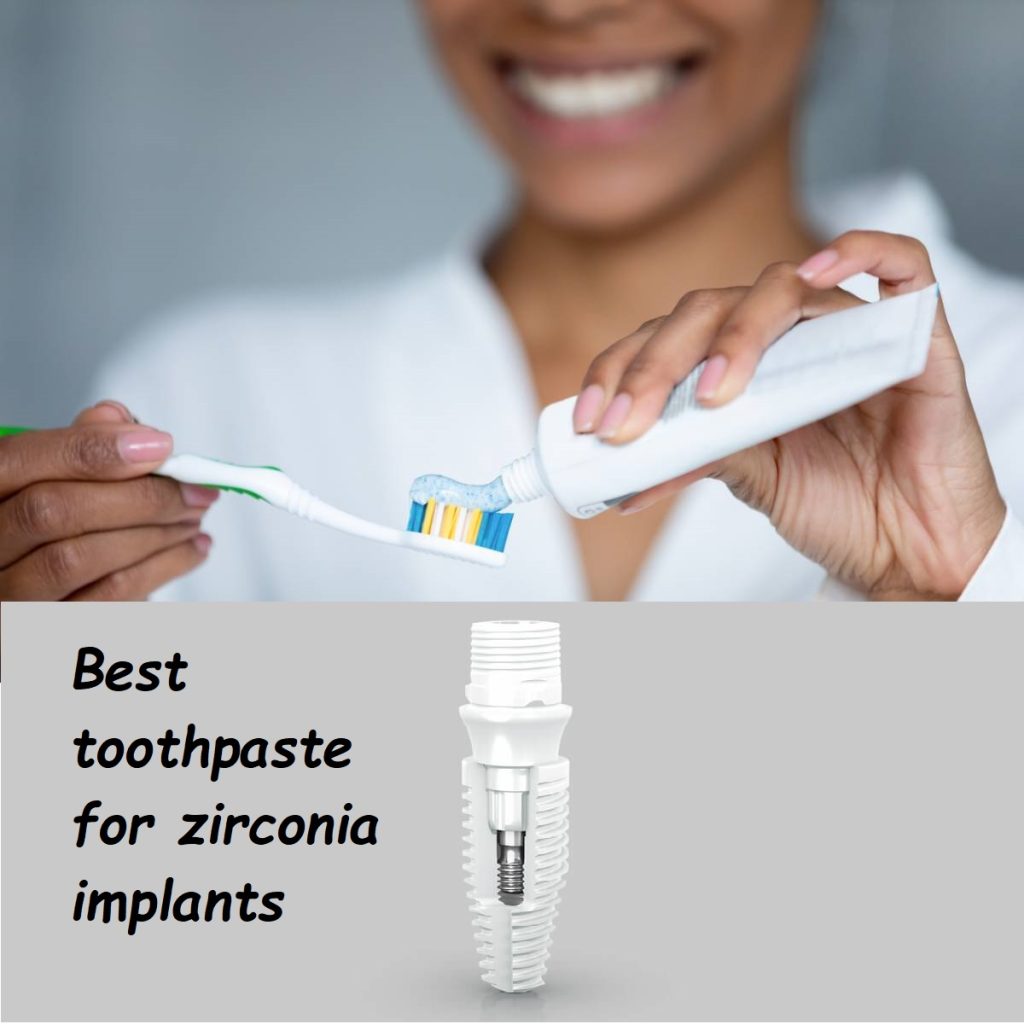
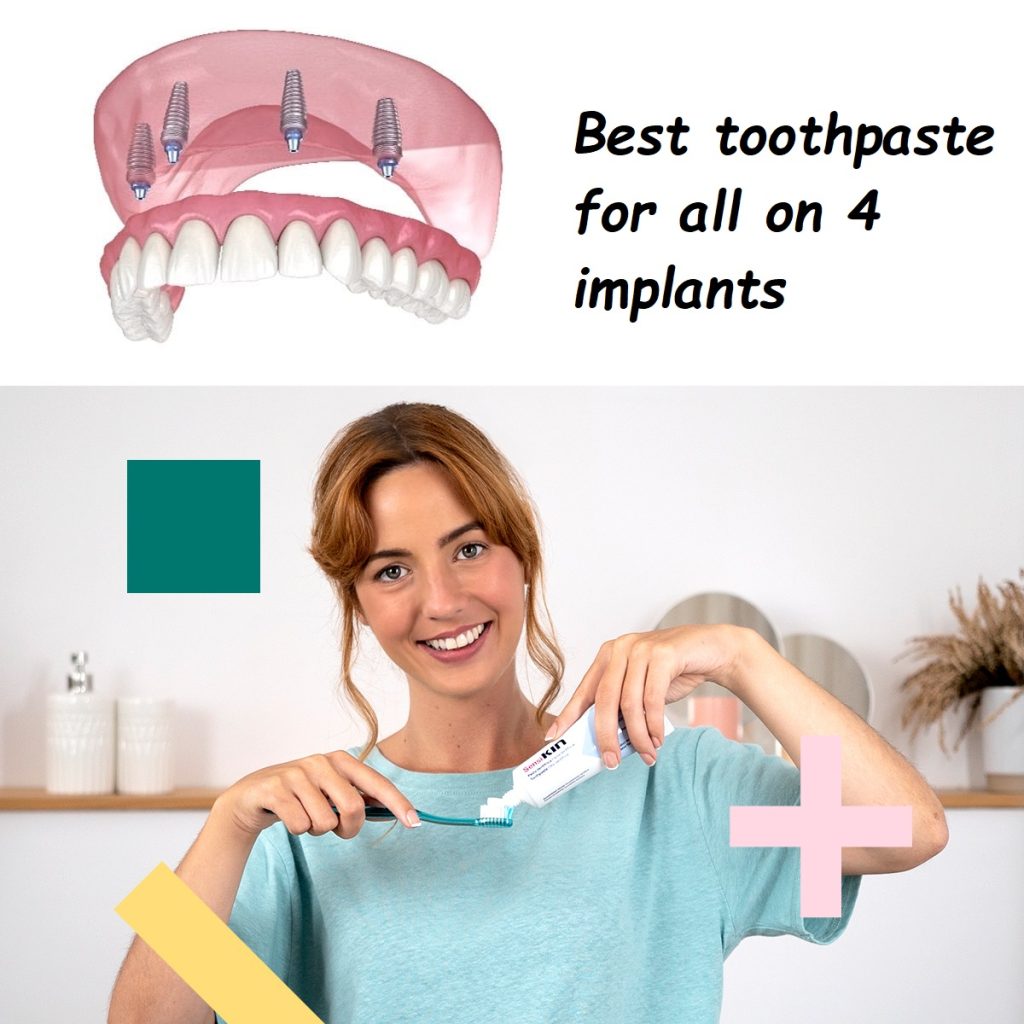
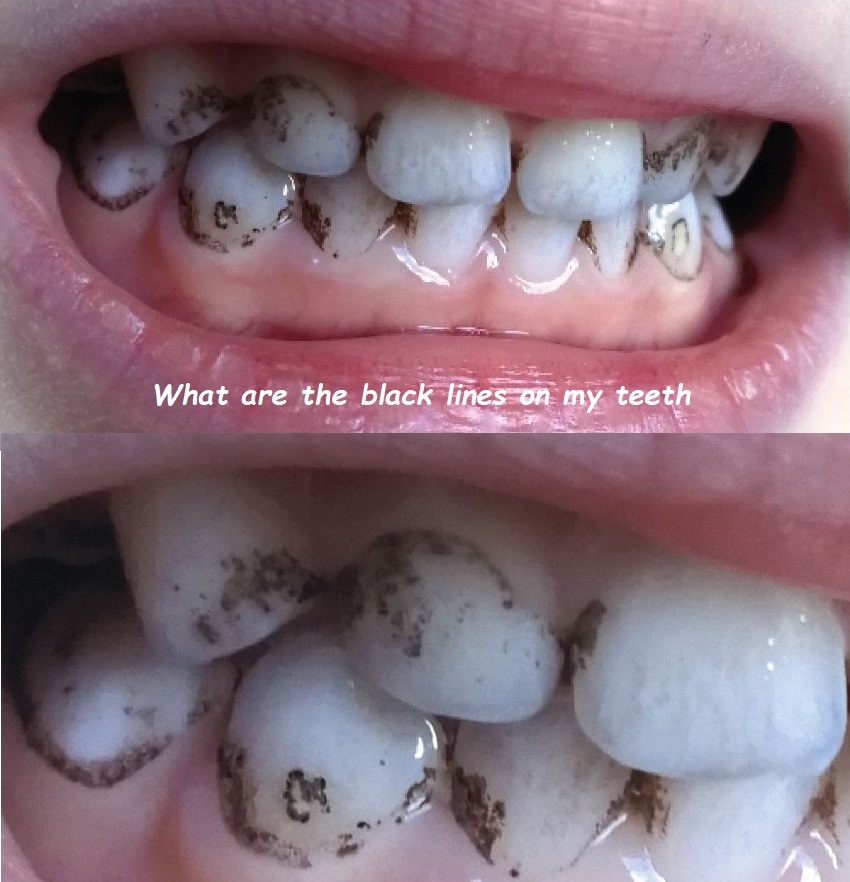
0 Comments on “The Ultimate Tooth Brushing Guide: Techniques, Tools, and Tips for a Perfect Clean”